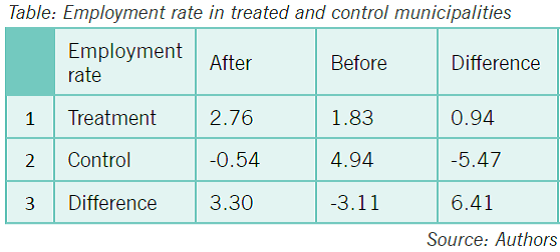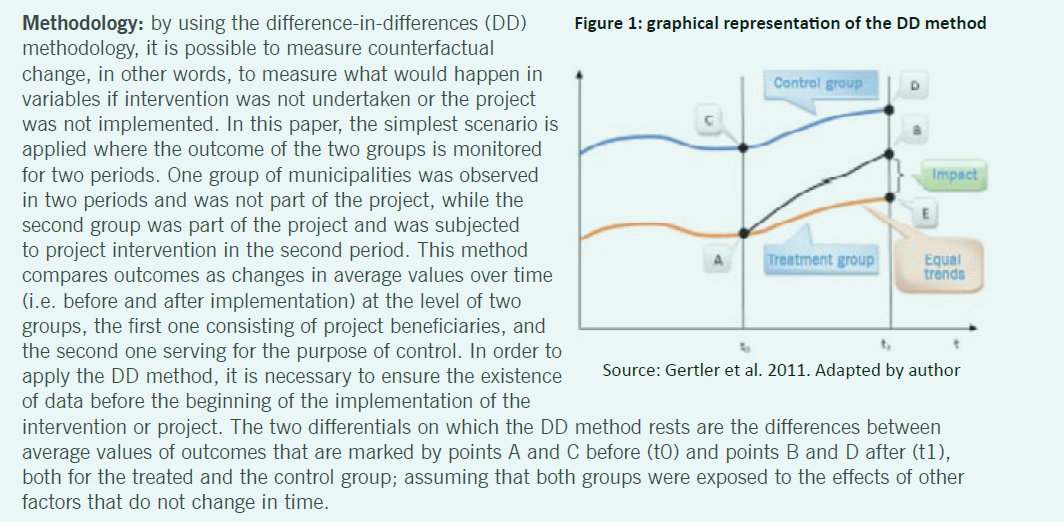Authors: Jasmin Halebić, Rijad Kovač
Simplification of procedures and issue of permits has a positive impact on employment growth in local communities. A research conducted in 2015 on the project of the International Finance Corporation in Bosnia and Herzegovina (IFC) provides an empirical confirmation that a simpler and more efficient municipal administration brings new jobs.
On the index lists that measure the climate for business and competitiveness, the position of Bosnia and Herzegovina is very bad, in other words, it is with the lowest score in the region, (Doing business, ranking of BiH is 81st). Unemployment is surely the most acute problem of our society with about 25.4% of the unemployed in 2016 (on average 521.35 thousand of the unemployed have been registered). The employment rate of young people (15-24 years), according to the labor force survey, is lowest compared to the EU28 and amounts to only 13.8%.
At the same time, from the media and professional circles, we often hear the statement that it is necessary to simplify and reduce procedures for starting a company, shorten the time for issuing permits related to building construction, etc. Knowing that procedures and permits mean revenue to the local community budget, local governments are often slow when it comes to accelerating and cheapening the start of business. Sometimes, simplifying of business is performed by virtue of initiatives or specially designed projects. The question is whether truly business simplification contributes to the development of local communities and society as a whole. In this respect, in 2015, an analysis of the impact of business simplification on employment was undertaken. The analysis was performed through a project supported by the IFC.
The method used to analyze the impact of regulatory reform on real economic variables, such as employment, is the double difference or difference-in-differences (DD) method, which allows a comparison of average rates of employment growth of municipalities that have reduced procedures and those that have not. If the equality of trends is assumed between municipalities that have simplified business operation and those that have not, then the municipalities where the development intervention was implemented, recorded a higher growth rate of the number of employees by 6.41 percentage points. Therefore, with the respect of standard assumptions, the effect of the implemented project may be evaluated as positive. This type of analysis is used to evaluate, validate and quantify the impact of developmental intervention or project.

Unfortunately, the analysis has not been upgraded with the so-called cost effectiveness, which would further show the ratio of the intervention cost, ie. the project and the reduction of budget revenues, per capita of additional employee, and the increase in budget revenues generated from additional taxes.
In the end, the findings and conclusions of this paper imply the need for decision-makers in the field of policy development to take measures that will simplify the institutional structure for business entities in B&H and make them effective in order to achieve desired effects on the reduction of extremely high unemployment in the labor market, by increasing the employment rate. Furthermore, the assessment of the impact of development interventions must be present within the project and sectoral approach in the planning and programming of both budgetary and donor funds.



